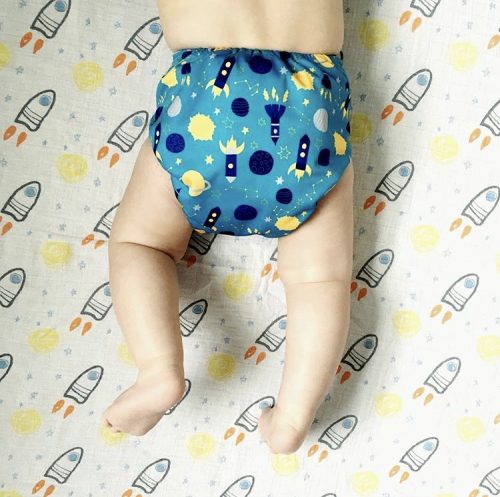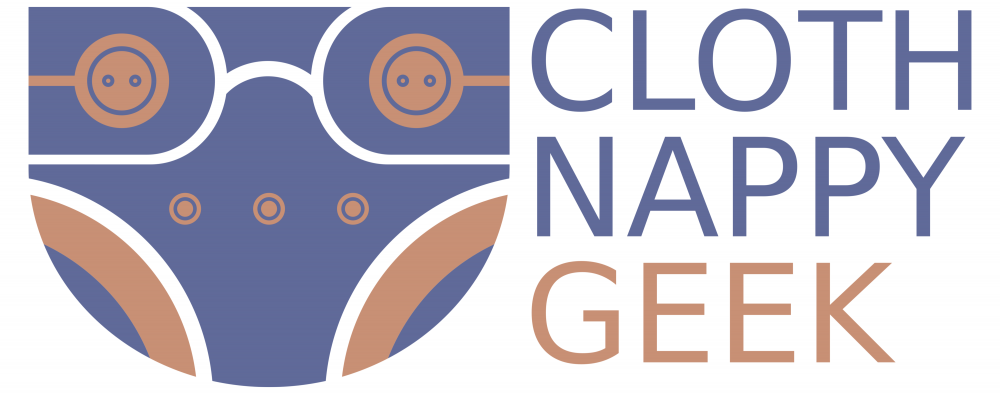My first baby was exclusively in disposable nappies. This was 15 years ago and I didn’t know any different. Terry squares and nappy pins were things of the past, like bed pans! I actually use terries occasionally now so there’s lesson for me to not knock something until I’ve tried it.

Wet nappies
With disposables it’s fairly obvious to know when they need changing. The ‘squish test’ of feeling the nappy tells you how full it is. But you don’t get that with cloth nappies. No matter how wet they get the nappy doesn’t expand or sag. If you’re used to disposables (like I was) then you might find this frustrating at first. Once you’ve got used to this you will see it as a positive part of cloth nappies though. Those saggy bums will be a thing of the past.
So how do you tell with cloth nappies? Obviously you want to change before you get a leak. Guidance from health care officials is that you should change every 2-3 hours. Personally we change every 2 hours as a general rule, yes there are times when there is a badly timed nap or we get stuck in traffic, but 2 hours is our goal. Partly because it’s pretty much zero cost to me, partly because I know how much more comfortable changing my period wear makes me. In order to keep on top of the changes we still log every nappy change on one of those baby tracker apps. But there’s no need for you to do that, it’s just something that helps us keep track. Once you get into a rhythm of using cloth nappies you will find a routine that suits your baby and your family routine.
Here’s my rough guide:
- Newborns – every 2 hours, day and night. Most newborns will require a feed every 2 hours anyway so changes just become part of your routine.
- Babies – after a few months your baby will hopefully stop pooing overnight, or at least not with every single feed. At this point you can stop changing overnight and just change every two hours during the day. If you’re nervous about leaving the same nappy on all night then try changing at every other feed to see how you get on.
- Older babies / toddlers – again you can hopefully leave them overnight (and if you’re really lucky they won’t wake overnight for feeds either… maybe!). Aim to change every 2-3 hours during the day.
Dirty nappies
This one is pretty obvious. If your baby has done a poo, whether in a disposable or cloth nappy, you need to change them as soon as you can. The acidity of poo can cause irritation to that delicate baby skin. Some babies will helpfully cry or fuss when they have a dirty nappy, others would happily sit there for hours.
I do find a dirty nappy more difficult to smell in cloth than disposables, especially with a two-parter system which was what I used exclusively at first. I don’t have any amazing tips unfortunately on how to spot dirty nappies, it’s a combination of watching your baby’s cues, hoping to catch a whiff, and checking up leg holes.
